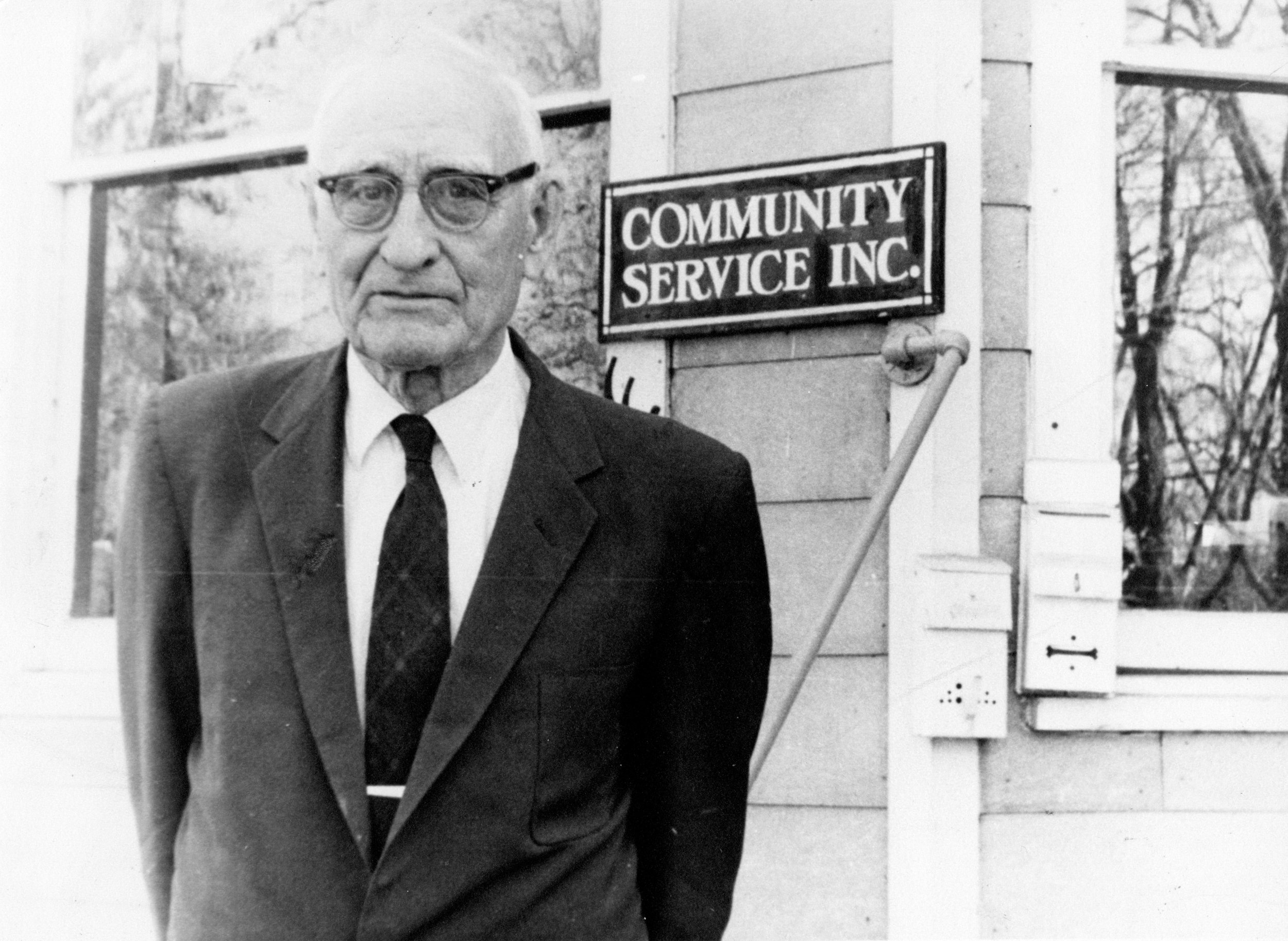

Our History
We were founded in 1940 in Yellow Springs, Ohio, by Arthur E. Morgan — a well-known civil engineer and educator — to promote small communities and their contribution to society.
Small communities, Morgan believed, were the foundation of democratic life and an ideal place to cultivate meaningful, cooperative, convivial economic and social relationships.
Arthur Morgan was the first chairman of the Tennessee Valley Authority, architect of the flood control system for the Miami Conservancy District, and a pioneer in community land trusts. He also was president of Antioch College, from 1920 to 1933, and is credited with reviving the near moribund institution and instituting its signature co-op program, which endures to this day.
Over the years our organization, then known as Community Service, Inc., developed educational initiatives and large scale on-the-ground projects (including the Celo Community in North Carolina and Mitraniketan in Kerala, India); published books and newsletters; produced films; hosted conferences, and fostered land trusts.
In the early 2000s, under the leadership of Faith Morgan, Arthur’s granddaughter, and Pat Murphy, our organization became a leader in the peak oil and climate change movements, highlighting the ways that local, cooperative living was the solution to oil and resource depletion. Our 2006 film, “The Power of Community: How Cuba Survived Peak Oil,” an inspiring look at Cuba’s organic food movement, won numerous awards and was used as a teaching tool around the world.
With Susan Jennings at the helm, in 2016 we identified five priorities to guide our work: 1) Resilient communities, 2) Regenerative land use, 3) Community economics, 4) Energy democracy, and 5) Being the change. Its mission was to educate people about how to make their communities more resilient and capable of withstanding dramatic shifts due to climate and economic disruptions.
In 2017, we purchased a 128-acre farm just outside of Yellow Springs when it went up for auction. The decision to purchase was spurred by our focus on regenerative land use as both a key strategy for strengthening regional resilience and a promising tool for climate mitigation and adaptation. The farm had long been a focus of concern among area conservationists because Jacoby Creek, which runs through it is part of the environmentally-sensitive Jacoby Creek watershed. And because the property had been farmed conventionally for decades, we viewed it as an excellent testbed for modeling ecosystem renewal through regenerative practices that restore and build healthy soils, which underlie the health of the planet and its inhabitants.
The establishment of Agraria as a Center for Regenerative Practice reflects our belief that regeneration applies to not only healthy agricultural practices but is a mindset to underlie all we do, from the environmental, economic, psychological, and social realms to human health and well-being. As that work has become our central focus, we officially changed the organization’s name to Agraria.
Today we are striving to bring the organization back to its core mission. We expect great things to happen in the future.

